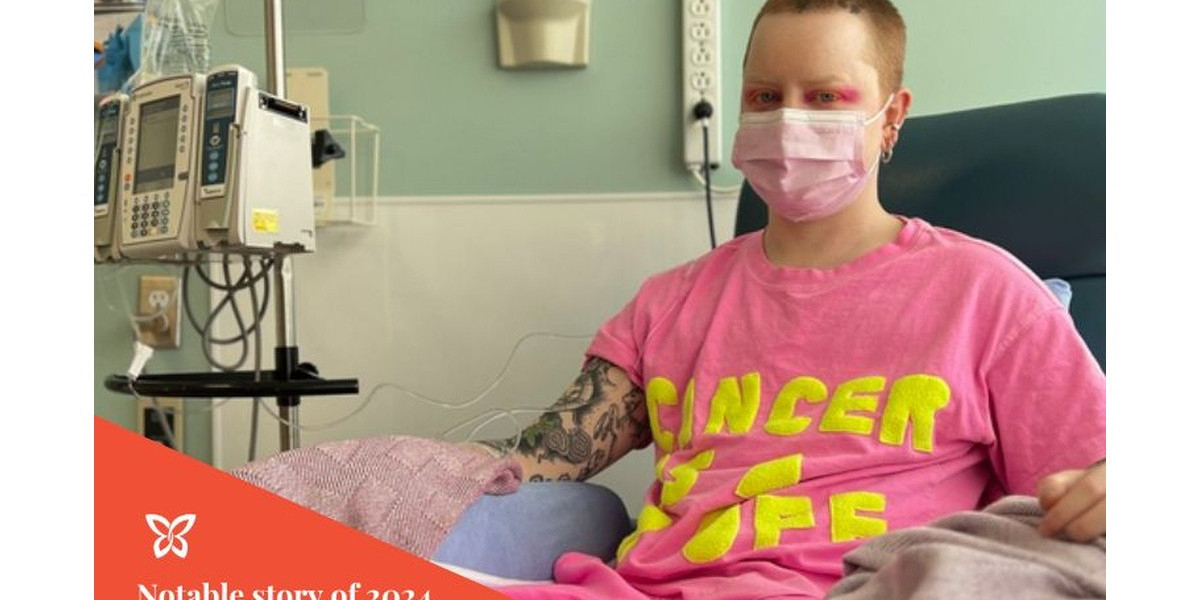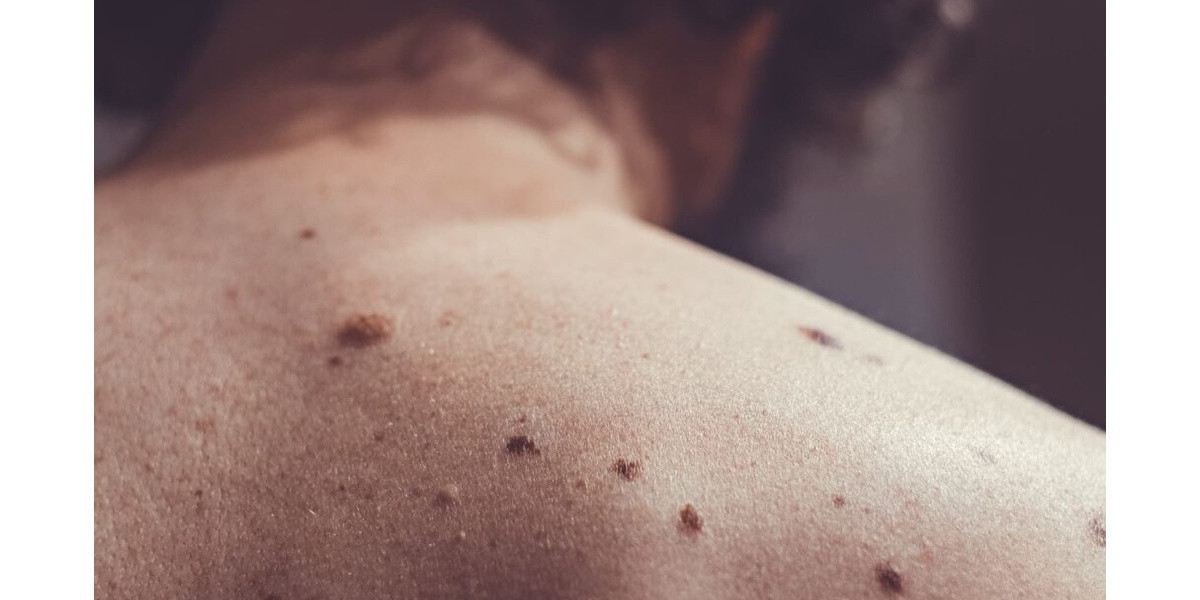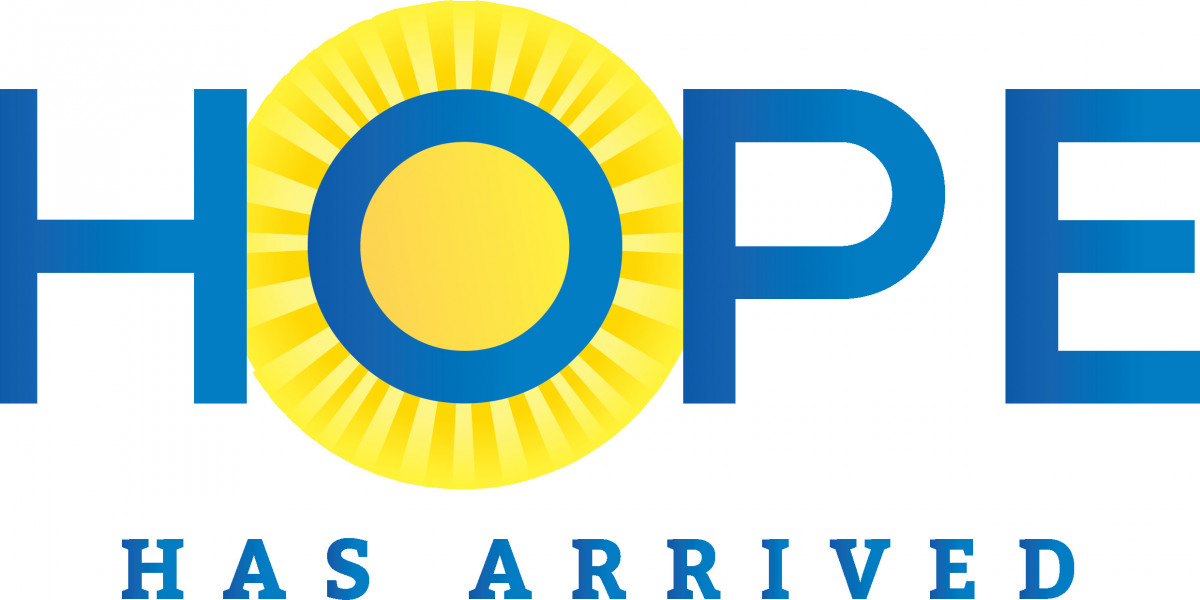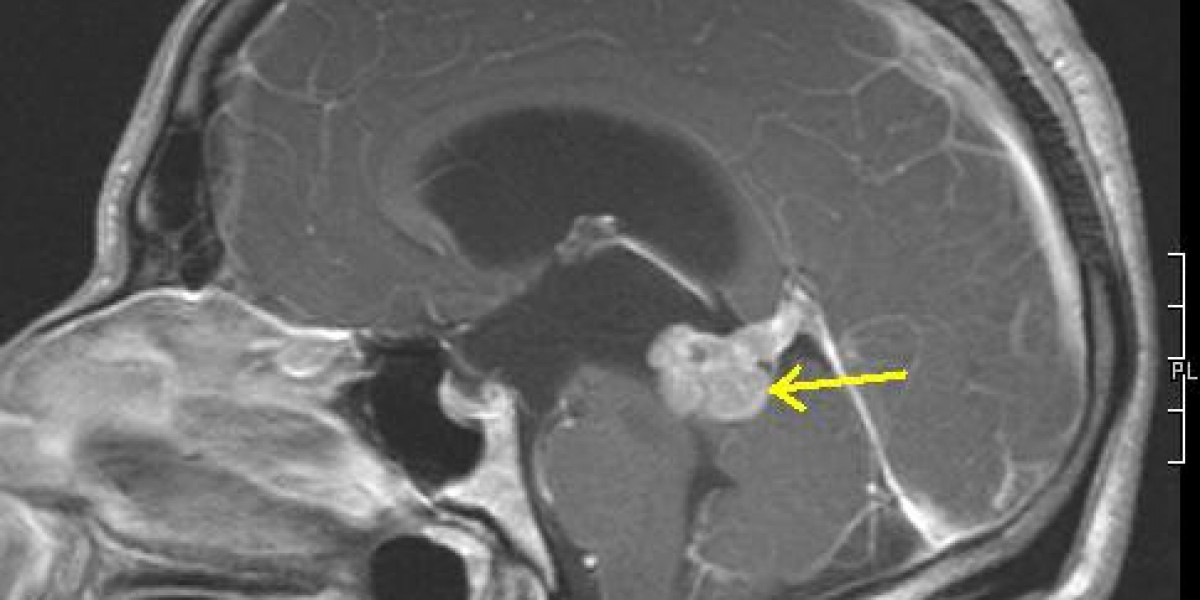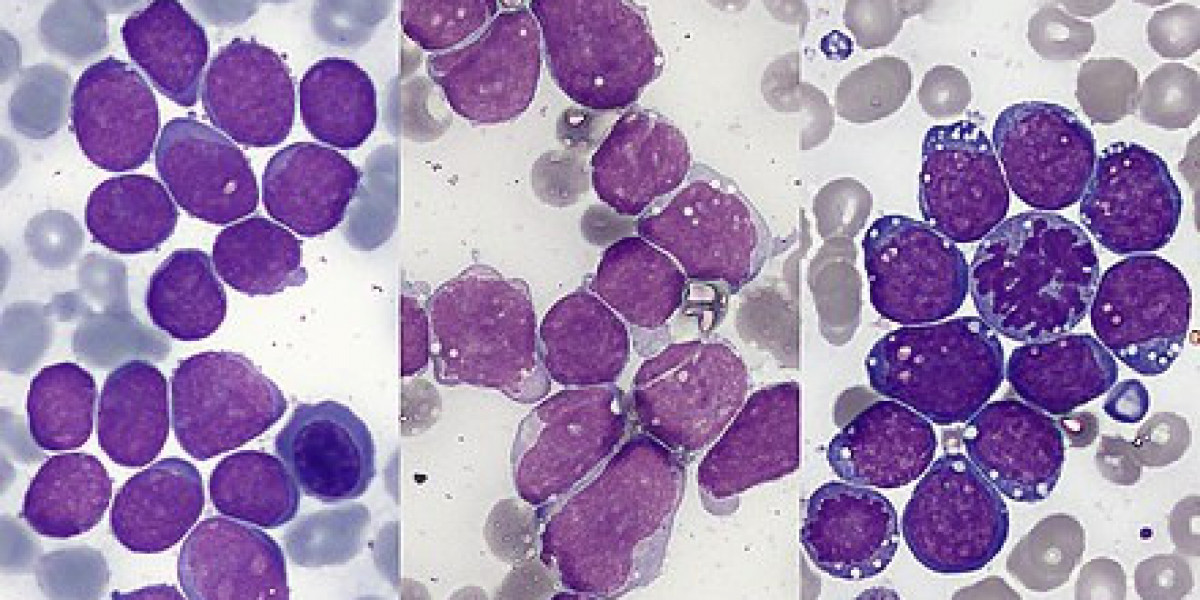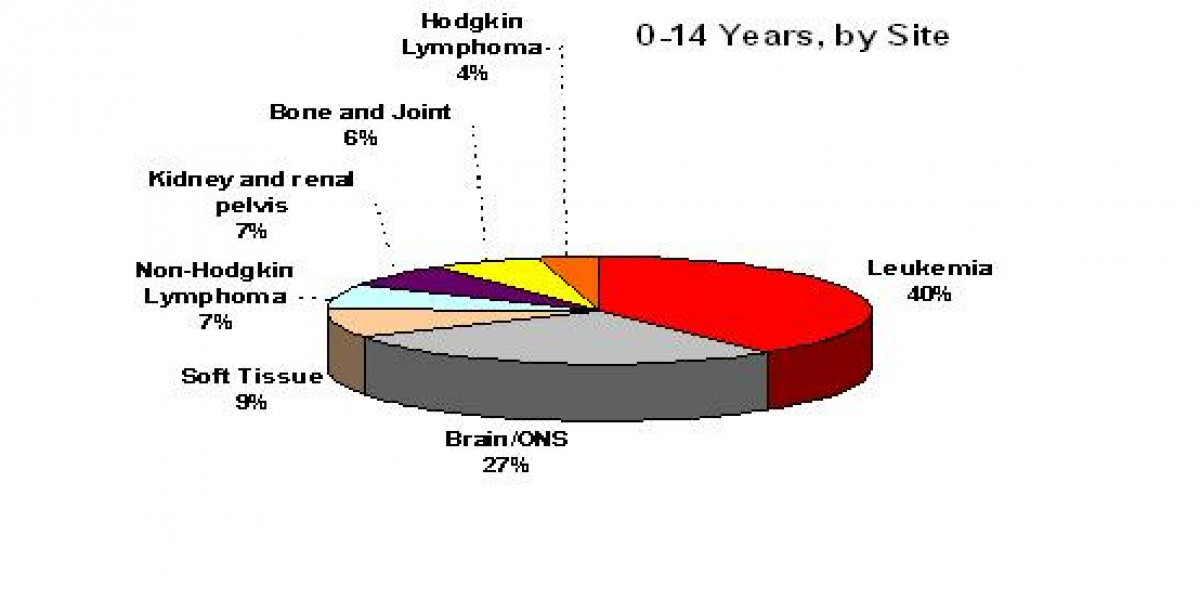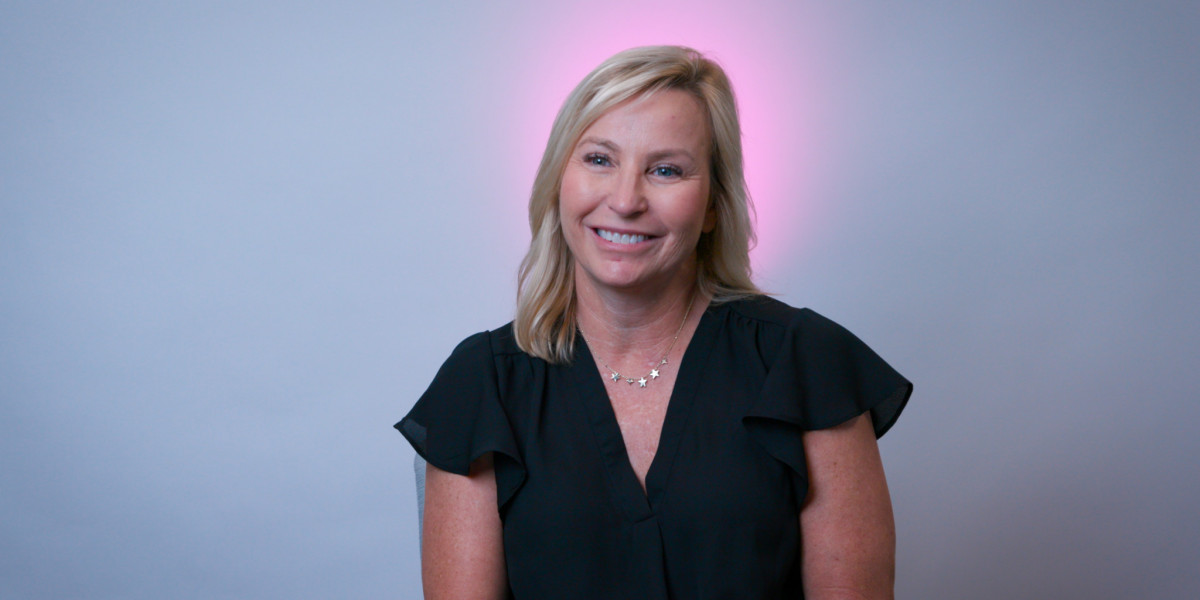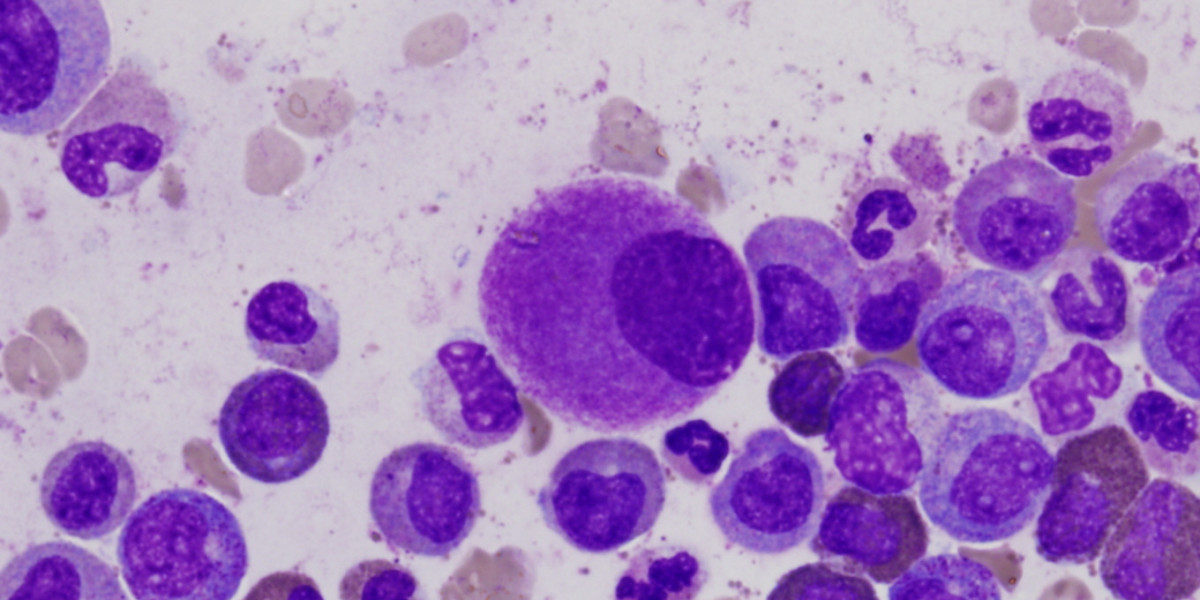Blogs>Beyond pink ribbons: A non-binary experience with breast cancer
Navigating gendered spaces in breast cancer and queer communities
I’ve come out three times in my life:
First, as bisexual
Second, as non-binary
Third, as cancerous
To be exact, I was diagnosed withstageIII,estrogen receptor-positive(ER+) breast cancer. I am non-binary. It seems simple when I lay it out in writing, however, I’ve come to learn that being gender nonconforming with a breast cancerdiagnosisis complicated, and these complications create a uniquely isolating experience.
At the beginning of my diagnosis, I received diagnosticimagingat my local women’s clinic. Legally and medically, I am non-binary. My deadname and ex-gender are not present on my ID or medical documents. This did little to help me with casual misgendering at the clinic. Fair enough, I suppose who else would be at a women's clinic? Mymammogramtech apologetically asked if I preferred ‘M’ or ‘F’ as the machine would not boot without input of a binary gender. These experiences aren’t unfamiliar for me. I’ve had lumpy breasts for years. I’ve been non-binary for years. I've expected misgendering in medical spaces for years. What was new was a diagnosis of the premiere gendered cancer: breast cancer.
One of my first virtual queries after receiving my breast cancer diagnosis was 'non-binary breast cancer.' To my dismay, the web and social media left me with only one direct lived experience. I was grateful to find a handful of gender-neutralscreeningguidelines in my search; however, many more results were from trans and non-binary people expressing a desire to have breast cancer so they could have their breasts removed. Frustration and sadness bubbled in my belly as I realized how dire the state of gender-affirming care is that these ideations exist. A feeling of isolation took hold of me as I frantically searched for experiences I could relate to in an ocean of bleak dysphoria. This was my first introduction to a unique sense of isolation that punctuates my life a trans breastie.
With my upcomingmastectomy, I sought out support to soften my fears and prepare myself for the procedure. I quickly discovered an absence of information about my intersecting trans/breast cancer patient identity. Information and experiences related to cancer-centered mastectomies focused on cisgendered women, while topsurgery(trans-affirming mastectomy) centered an experience that did not involve breast cancer. I found myself wedged in a gap with no one I could relate to.
With my surgery date looming I frantically joined asupport groupfor top surgery. Top surgery is the informal term for gender-affirming mastectomy procedures that non-binary and trans-masculine people receive. I chose to join this group over a mastectomy support group because I knew they would better understand the dysphoric struggle I carried long before breast cancer, and they would be able to provide surgery advice and anecdotes framed by the trans experience. This group allowed me to feel seen – but I felt too visible, and I worried about the space I was taking up. This group centered a gender-affirming procedure, and at the end of the day that wasn’t what I was receiving. I felt seen by my community but not fully understood, and so my sense of isolation grew.
Was anyone out there who was queer and had cancer? I broadcast this question anonymously throughout local queer groups on Facebook. I was recommended the album Not Dead Yet by Rae Spoon, an album focused on Rae’s experience as a non-binary cervical cancer patient. This album carried me through days ofanxietyand loneliness as I shared a plea to find someone like me. I had zero expectations that trans cancer patients existed locally after all the searching I’d done. It felt like seeking out a unicorn. But finally someone replied; a non-binary person — and they had breast cancer. This was huge! I reached out to them, and they agreed to meet up to chat a couple days before my mastectomy consultation.
This relatable stranger turned out to be somebody I was acquainted with in the Calgary queer community. We walked under the fading summer sun together with ice cream cones while they recounted their experience with treatment. We bonded over the mark cancer left on our bodies and the conflicting euphoria that flat closure mastectomy brought to us as gender nonconforming cancer patients. For them, a mastectomy is where their journey had ended. They had early-stage cancer with no spread and did not require treatment beyond surgery. For me, a mastectomy where my journey was beginning, and I felt much more at ease with the decision I was carrying into my surgical consult. Since the reckoning of my diagnosis this was the first time I’d felt at ease.
I brought a secure sense of self to my mastectomy consult. I was ready to fight mysurgeonas I’d read many stories of patients being pushed towards reconstruction. To my surprise my surgeon brought up my gender identity as he’d noticed it on file. I told him I wanted a double mastectomy with an aesthetic flat closure, with one of the reasons being my identity. He didn’t question my choice, however he made sure to go over all of my surgical options and risks to ensure I was fully informed with my decision. After discussing available options, I confirmed I wanted flat closure for which he happily signed off on.
Genetic testingwas a space I expected to be incredibly gendered given all the discussions about parents, siblings, and extended family that occurs. My geneticist bucked my expectations. Amongst a rough family tree he’d scribbled down “Mike, 31, AFAB”. Here was terminology I'd never dreamed of seeing outside of trans space. AFAB. It’s short for “Assigned Female at Birth” and is used to denote the identifier’s transness while also acknowledging their sex. It exists alongside AMAB (Assigned Male at Birth).
When it came time for surgery, I was assigned a prepnursewho continuously misgendered me despite having all of my information pulled up. Her attitude set my expectations low for the remainder of my stay. I departed her company as I was rolled to the operation room, which was a surprisingly affirming space. Multiple OR staff asked me what my pronouns were and used them correctly. One of the staff was even wearing a Pride pin!
I entered this new era of medicalized lifestyle expecting the same attitude from many doctors, nurses, and technicians towards my gender identity that I’d received throughout my years of being non-binary. Through my oncological experiences I observed that the deeper I went within the healthcare system, the more affirming my care became.
An ongoing issue I’ve contended with in my diagnosis was a lack of information regarding masculinizing hormones and breast cancer. As of diagnosis, I'd been on low-dosetestosterone (via Androgel) for a year. Continuing testosterone became a point of concern due to myhormone-positive cancer. Myoncologyteam was unsure of how it interacted with breast cancer, but they recommended I discontinue the testosterone. So, I did. In my own search of gender-affirming androgen usage and breast cancer online, I found very little, and what I found focused on trans men. Frustratingly, I felt the autonomy I had over my gender diminishing due to a lack of information and representation.
Just as I am assumed a woman in a breast cancer context, my cancer treatment is assumed gender-affirming in queer contexts. Due to the lack of visibility in both of these spheres, I find myselfcoming outoften; as non-binary in breast cancer spaces and as cancerous in queer spaces.
In queer spaces, the results of my cancer treatments are assumed to be empowered decisions reflecting my gender — my mastectomy assumed as top surgery, my baldness viewed as a gender-neutral haircut, myhormone therapyassumed to be gender-affirming. Meanwhile in breast cancer spaces, I am addressed as 'she/her,' lumped in with 'sisters' and 'ladies,' and my relationship to my body and gender role is assumed.
Breast cancer is a highly gendered cancer; its information surrounded by lush pink ribbons, its patients depicted as smiling women. Treatment is framed by these assumptions, support groups assuming those depicted are the absolute in the room. It’s understandable, as a large portion of patients are women. But the absolute nature of this cancer being presented as female leaves those outside of it feeling alienated and unrepresented.
How can we ensure trans and gender nonconforming people are affirmed in breast cancer spaces? Simply put, we remove gendered assumptions about cancer. We include pronouns on name tags, email signatures, and in our introductions. We use gender-neutral language when addressing groups and discussing cancer patients. We don’t make assumptions about how a cancer patient relates to the world or themselves based on gender stereotypes. In this way we create an environment inclusive of all genders, where each patient feels respected, understood, and ultimately valued. This environment provides enhanced quality of care and ultimately better outcomes for trans and gender non-conforming cancer patients.
DISCLAIMER:
The views and opinions of our bloggers represent the views and opinions of the bloggers alone and not those of Living Beyond Breast Cancer. Also understand that Living Beyond Breast Cancer does not medically review any information or content contained on, or distributed through, its blog and therefore does not endorse the accuracy or reliability of any such information or content. Through our blog, we merely seek to give individuals creative freedom to tell their stories. It is not a substitute for professional counseling or medical advice.
Breast cancer statistics
Discover statistics to answer some of the most common questions and to present a general picture of what breast cancer in the U.S. looks like today.
LGBTQ+ with breast cancer
In this section, find tailored information and practical tools to help you understand disparities and recommendations for LGBTQ+ people with breast cancer.
Emotional support for LGBTQ+ people affected by breast cancer
If you are a member of the LGBTQ+ community and you’re facing breast cancer, your emotional needs may be different than those of cisgender and heterosexual people diagnosed with the disease. Support is available.
Health disparities for LGBTQ+ people affected by breast cancer
Understanding LGBTQ+-specific breast cancer risk issues and how your breast cancer experience may be unique may help empower you to ask your healthcare team questions and make medical decisions that are right for you.
Breast cancer and transgender people
Transgender people have special considerations and issues that may affect risk, diagnosis, and care. Many times transgender people are under-represented in breast cancer research, which leads to disparities.
Communicating with your breast cancer care team as an LGBTQ+ person
Trusting your healthcare team and talking with them openly is often key to getting the best care, treatment, and quality of life possible, and easing your worries and fears.
Body image, sexuality, and family planning: LGBTQ+
If you have breast cancer and you’re part of the LGBTQ+ community, you may have unique concerns and experiences when it comes to your body and sense of sexuality, gender, and self.
Breast cancer screening recommendations for transgender people
Learn more about breast cancer screening guidelines for transgender people based on age; sex assigned at birth; risk factors; and use of hormone therapy, surgery, or both that may be used in the transitioning process.
Centering diversity, equity, and inclusion
Together, we are making an organization-wide shift that ensures that our programing, hiring, board development, and content creation integrates the principals of equitable and culturally competent thinking throughout our organization.
Sign up to receive emotional support, medical insight, personal stories, and more, delivered to your inbox weekly.
We'll send support straight to your inbox.
Mike Hooves
Tagged:
Was this page helpful?
Living Beyond Breast Cancer is a national nonprofit organization that seeks to create a world that understands there is more than one way to have breast cancer. To fulfill its mission of providing trusted information and a community of support to those impacted by the disease, Living Beyond Breast Cancer offers on-demand emotional, practical, and evidence-based content. For over 30 years, the organization has remained committed to creating a culture of acceptance — where sharing the diversity of the lived experience of breast cancer fosters self-advocacy and hope. For more information,learn more about our programs and services.
Living Beyond Breast Cancer
40 Monument Road, Suite 104
Bala Cynwyd, PA 19004
©2025 Living Beyond Breast Cancer
Originally published on The Patient Story: https://www.lbbc.org/blog/beyond-pink-ribbons-a-nonbinary-experience-with-breast-cancer
